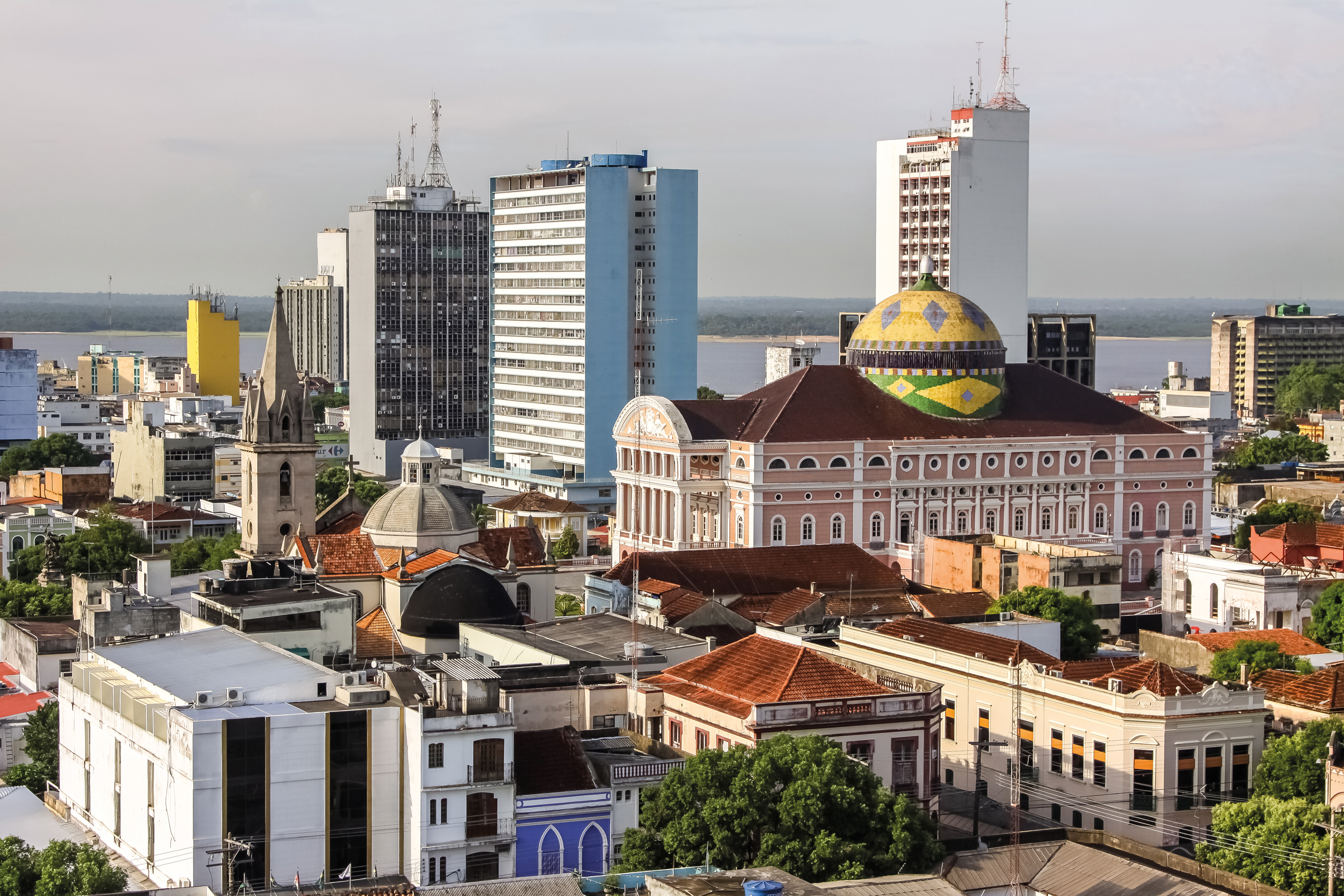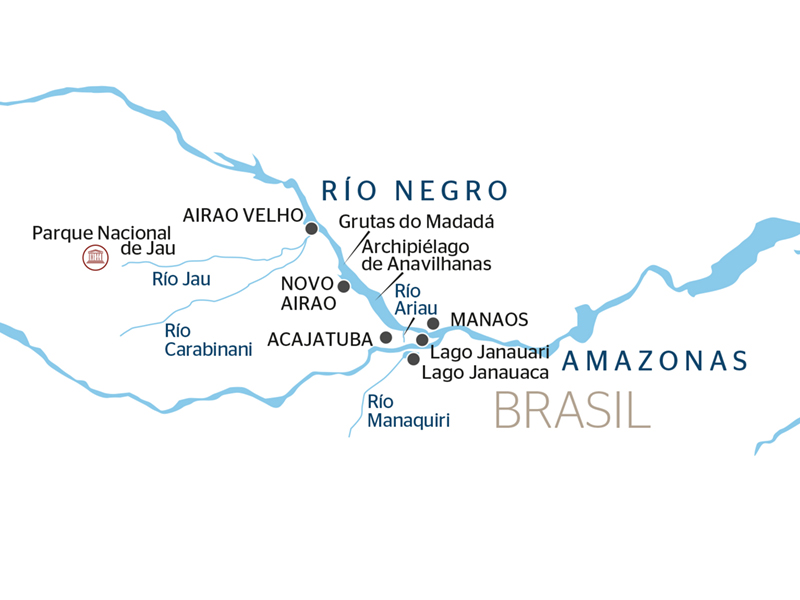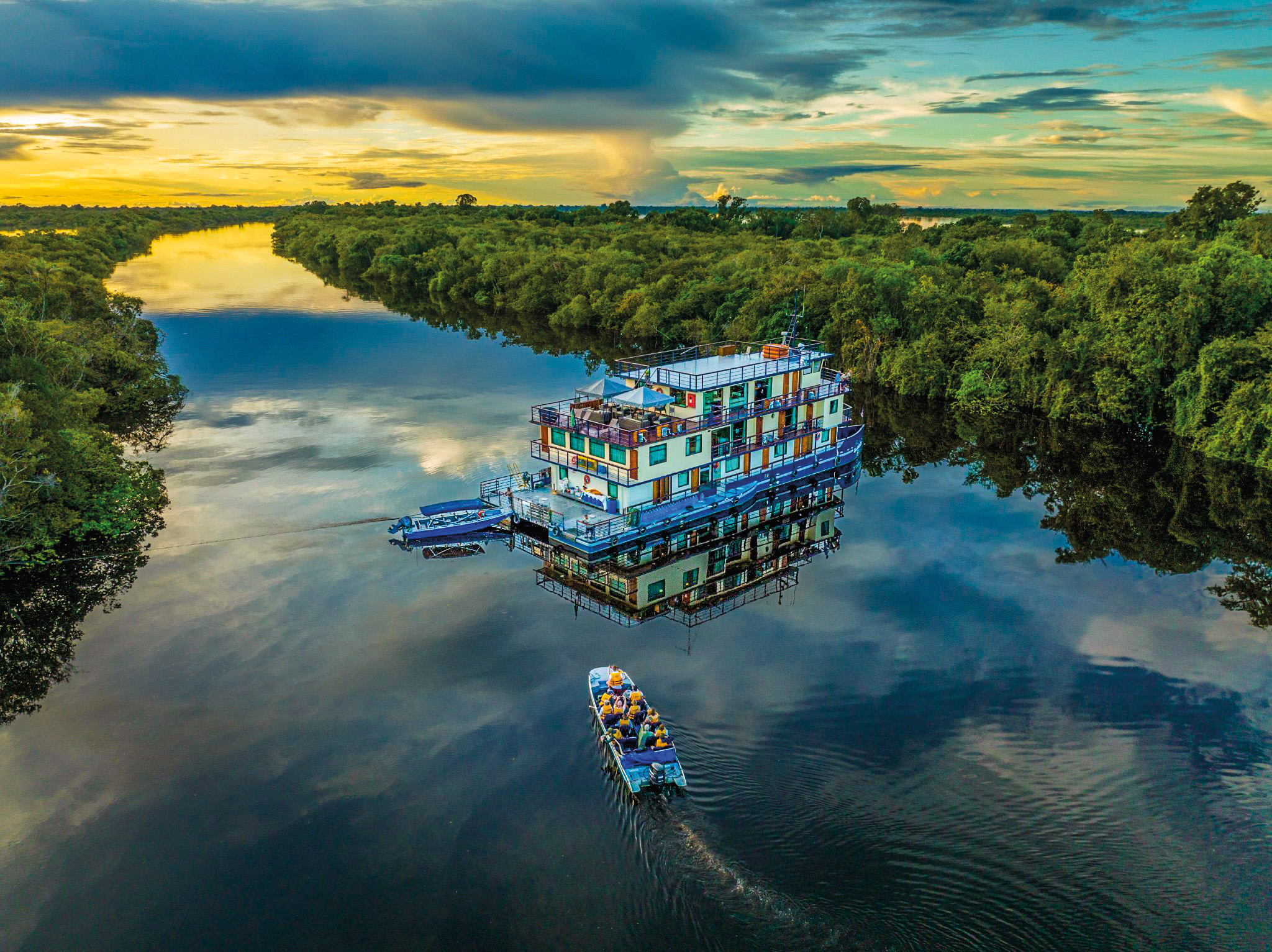- Home
Manaus (Brazil), at the heart of the Amazon.
Manaus (Brazil), at the heart of the Amazon
History of the City of Manaus
Manaus, the capital of the state of Amazonas in Brazil, has a rich history that dates back to pre-Columbian times, when the region was inhabited by indigenous peoples, notably the Manaos, from whom the city takes its name.
The Portuguese expedition arrived in the region in the 17th century, and in 1669, a fort was built to protect the colony from rival European incursions and pirates. This fort, known as the Forte de São José do Rio Negro, marked the beginnings of the city. Manaus gradually developed as a military and commercial center.
In the 19th century, the city experienced a significant economic boom thanks to the rubber industry. Between 1880 and 1910, Manaus became one of the most prosperous cities in Brazil, attracting investors and migrants from all over the world.
However, with the end of the rubber monopoly and competition from Asia, Manaus’s economy collapsed, plunging the city into a prolonged crisis. It was only in the 20th century, with the creation of the Manaus Free Trade Zone in 1967, that the city regained its economic momentum through manufacturing, commerce, and tourism.

All About Manaus
Manaus is home to around 2.2 million residents, making it the largest city in the Brazilian Amazon. It spans an area of approximately 11,400 square kilometers. The official language is Portuguese, but many residents also speak Nheengatu (an indigenous language), as well as Spanish and English in tourist areas.
Geography of Manaus
Located in the heart of the Amazon rainforest, Manaus sits at the confluence of the Rio Negro and the Amazon River. This meeting of the waters is one of the region’s main natural attractions, as the two rivers do not immediately mix due to their differences in temperature and density, creating a unique visual spectacle.
Manaus is primarily accessible by river and air, as there are no direct roads connecting the city to other major Brazilian metropolitan areas.

Climate, Flora, and Fauna of Manaus
Manaus has an equatorial climate, hot and humid throughout the year. Average temperatures range from 25 to 32°C, with a heavy rainy season from November to May and a drier season from June to October. The extreme humidity contributes to the presence of extraordinary biodiversity.
The flora and fauna around Manaus are among the richest in the world. The Amazon rainforest is home to thousands of tree species, exotic birds, mammals such as jaguars and howler monkeys, as well as unique reptiles and amphibians. The surrounding waters are teeming with impressive fish like the pirarucu and fascinating creatures such as the pink river dolphin.

How to Explore Manaus in the Amazon
Discover the grandeur of the Amazon and Manaus with an exclusive cruise aboard the Jangada, a boat adorned with subtle Brazilian décor. This exploration experience immerses you in the heart of the rainforest, where the region’s incredible biodiversity and encounters with local communities create a one-of-a-kind adventure.
Sailing along the Rio Negro, you’ll witness exceptional wildlife: brilliantly colored macaws, playful monkeys, caimans gliding near floating logs, and pink dolphins frolicking in the water. These precious, timeless moments form the essence of this unforgettable cruise.
Exploring the Amazon also provides an authentic glimpse into daily life along the river, with stilt villages, bustling floating markets, and meaningful exchanges with local communities. The Amazon, home to nearly 40,000 plant species and hundreds of thousands of animal species, reveals its full splendor throughout this adventure, leaving an indelible mark on your memories.

